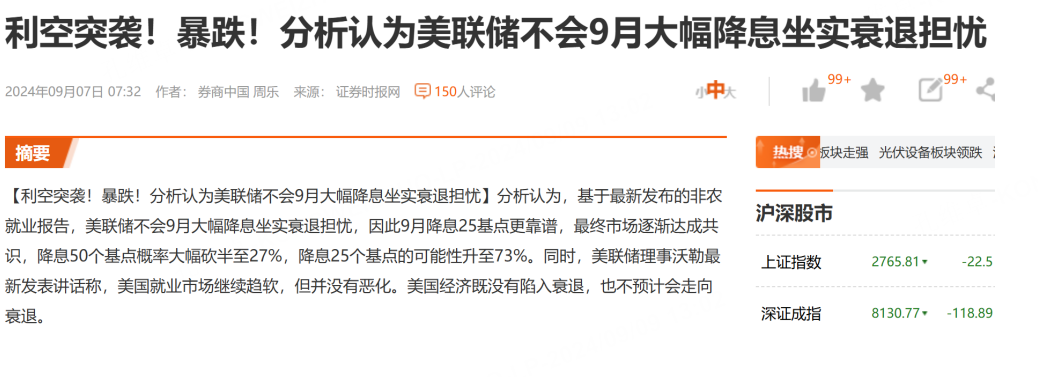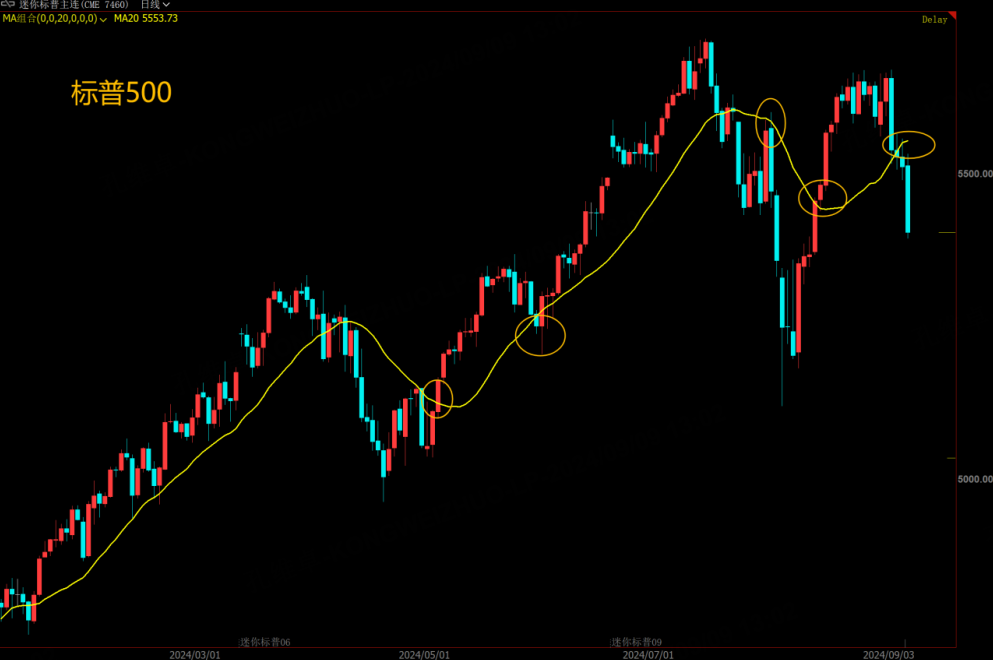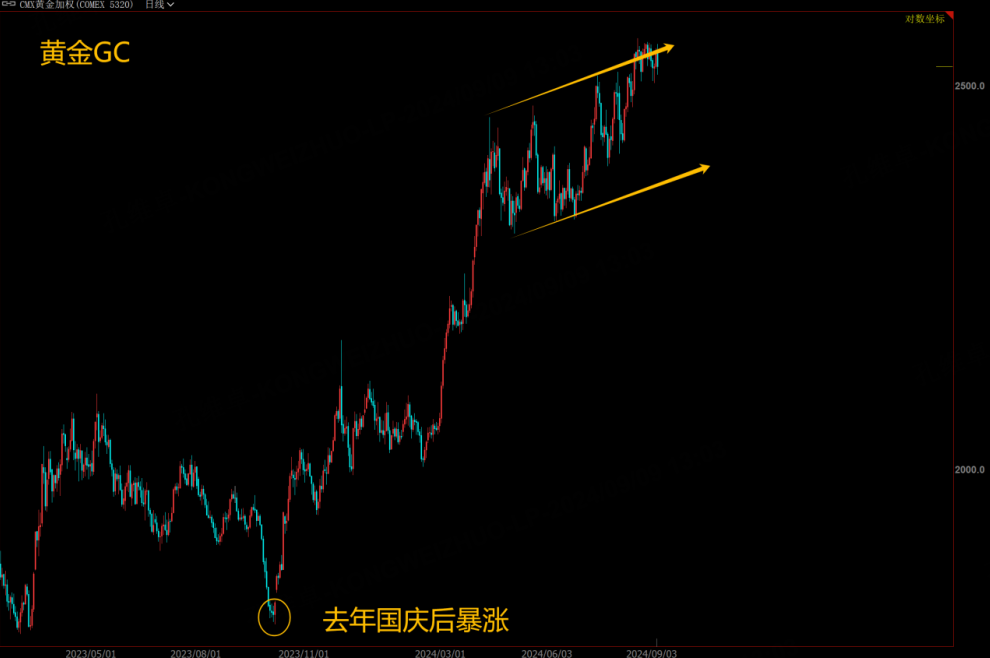Entering September, The current market has been Shouting that it is worried about the economic recession. This worry has actually been said for two years, but it has only recently been taken seriously by the market as a reason for the decline.
In fact, the difference between an economic recession and a crisis is that the recession is controllable, and the economy is just a little close, and it will pass if you tolerate it; Crises are different. Chain reactions occur frequently, and market confidence cannot be restored without heavy “drugs”.
Therefore, only a slight recession does not necessarily require strong drugs for the Fed. There is no need to worry too much about the overall decline of the current market. If it falls too much, if it falls enough, the Fed will come out and say that it will increase the rate of interest rate cuts, and the market will come alive again. This is the rhythm characteristic of the current market.
Will the adjustment of the US stock index accelerate?
The previous post mentioned that the U.S. stock index fell rapidly in early August, and there will always be an correction demand for a double dip in the follow-up. Since it is a double dip, the early bottom is our important support level observation object.
Next week is CPI data, but this data is no longer the center of gravity of the market. The market volatility is not as large as last week. Even if it rebounds slightly, it cannot be considered as stopping the decline. It is best to wait until the Federal Reserve starts its interest rate cut policy before deciding.
Technically, the U.S. stock index has fallen below the 20-day moving average. It is definitely not optimistic in the short term. Just follow the transaction. It is time to hedge and hedge, and it is time to adjust positions. The next important time is October, which is also the last time the stock index will exert its strength before the election. I believe that the probability of stopping the decline and becoming bullish will be higher at that time, and the current stock index market can follow the market.
The recession is expected to come again, which is not a bad thing for precious metals. If the real economy is not good, hedging and value-preserving assets will be favored. Therefore, no matter how precious metals adjust their basic hedging attributes, it will be difficult for them to fall sharply. On the contrary, if there is an adjustment It means that it is an opportunity to do more.
Technically, the price of gold is near the upper limit of the range shock. If there is no special fundamental news, it will be difficult to break through the range, so it is likely to adjust downward to find the support position of the lower limit of the range. The lower limit of the range is around 2380, and there is about 6% downside from the current price. Although the downside is not very large, friends who plan to intervene can wait. Friends who are long-term bulls can consider ignoring these short-term fluctuations.
The Fed's interest rate cut is a long-term process, which has a long-term bullish effect on the fundamentals of precious metals, so just hold it. Friends who are bullish in the short term can go to the end of September (around the National Day) to see if there is a rapid adjustment in the gold price. If so, they may wish to buy and hold it to prevent unexpected events in the gold price and replicate the market trend in October last year.
$NQ100 Index Main 2409 (NQmain) $$Dow Jones Index Main 2409 (YMmain) $$SP500 Index Main 2409 (ESmain) $$Gold Main 2412 (GCmain) $$WTI Crude Oil Main 2410 (CLmain) $



Comments